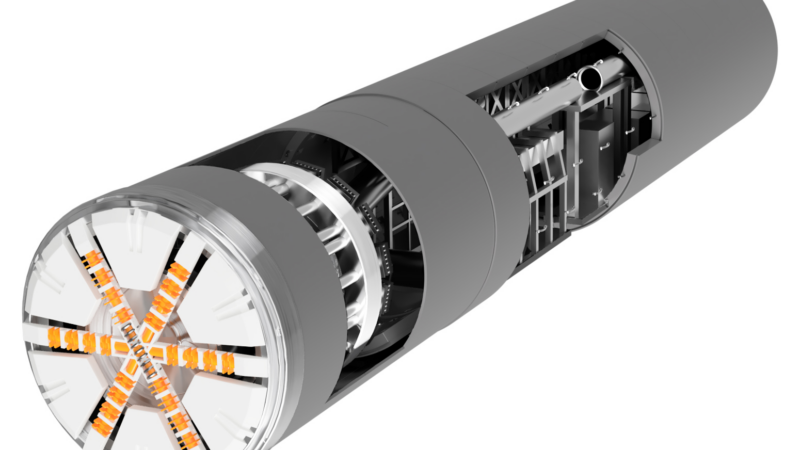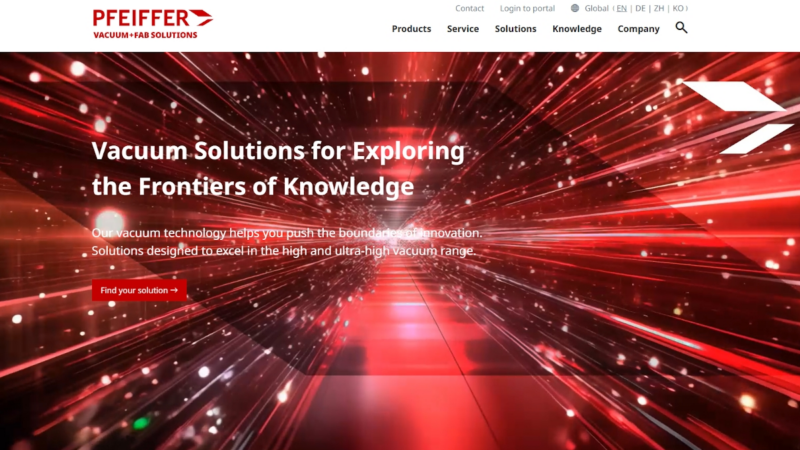Scientists have developed two new process variants that will considerably expand the areas of application for friction stir welding.
Friction stir welding is a still-young and thus often unfamiliar pressure welding process for joining flat components and semi-finished components made of light metals. Due to the great joint strength that can be achieved and the associated lightweight construction potential, this process is being used increasingly in the automobile industry, mechanical engineering and in aviation and railcar construction.
Scientists at the University of Stuttgart have now developed two new process variants that will considerably expand the areas of application for friction stir welding. Thanks to these procedural variants, it is possible for the first time to join steel and aluminum sheets of different thicknesses using the friction stir welding process economically while ensuring high-strength joints. This way, material utilization of thin steel sheets in aluminum-steel mixed chassis applications can be increased by up to nearly 100%.
The two materials steel and aluminum are being used together increasingly in automotive applications and in the mechanical engineering sector. This way, it is possible to combine the advantages of both materials, such as the great stiffness and strength of steel and the low density of aluminum. Due to the different levels of strength of the two materials, these are frequently used in different thicknesses. The high-strength joining of steel and aluminum therefore represents an elementary problem in industrial joining technology.
Previously, joints between materials of different types and thicknesses were made using overlap welding, since this joint type bears great bending moment and tensile strengths. In the process, however, bothersome edges arise. In addition, due to the direct combination of different materials and the gaps resulting from the overlap, there is an increased danger of corrosion.
With the friction stir welding processes developed at the Institute for Materials Testing, Materials Science and Strength of Materials (IMWF) of the University of Stuttgart, it is possible to join steel and aluminum sheets of different thicknesses economically while ensuring high-strength joints.
Prof. Dr. Ing. Stefan Weihe, Martin Werz, Max Hoßfeld and Oliver Volz, the engineers and specialists researching at the IMWF and the MPA Stuttgart, developed two processes with which, for the first time, aluminum and steel sheets of different thicknesses can be joined to form a high-strength butt joint. These joints demonstrate great tensile strength and fatigue strength.
With the first procedure, the steel sheet is locally folded so that its cross-section for joining the aluminum sheet is doubled around the joint zone. This increases the cross-section of the thinner, stiffer sheet at the joint. As a result, the softer aluminum can be joined to the steel across its entire cross-sectional area.
With the second process developed at the University of Stuttgart, thanks to a newly-developed tool it is possible to create a combined overlap and butt joint in just one welding pass. The resulting joining surface is more than doubled as compared to conventional butt joints. This results in the excellent static and cyclical joint strength.
For the joining of automobile-typical materials (Aluminum EN AW 6016 T4, 2.0 mm and Steel HC340 LA, 1.0 mm), tensile strengths of up to 99.4% of the steel sheet is achieved with the new process. The newly-developed welding joints therefore allow the sparing of materials and at the same time they increase the safety of vehicle passengers during accidents. Furthermore, the newly-developed welding process increases economy: they require fewer steps and less energy.
In addition to many applications in the automobile industry, the procedure is also interesting for the electrical industry and the electromobility sector, because with friction stir welding, aluminum-copper joints are possible, among other things.
Technologie-Lizenz-Büro (TLB) GmbH supports the University of Stuttgart in patenting and marketing its innovations. Acting on behalf of the University, TLB is in charge of the commercial implementation of these future-oriented technologies on a global level. For more detailed information, please contact Dr.-Ing. Michael Ott (mott@tlb.de).
Die Technologie-Lizenz-Büro (TLB) GmbH ist eine Agentur für Erfindungs- und Patentmanagement in Deutschland. TLB begleitet Erfindungen von Hochschulen, Unternehmen und Erfindern auf ihrem Weg von der ersten Idee bis zum wirtschaftlichen Produkt.
Kontakt
Technologie-Lizenz-Büro (TLB) GmbH
Annette Siller
Ettlinger Str. 25
76137 Karlsruhe
0721 79004-0
asiller@tlb.de
http://www.tlb.de






